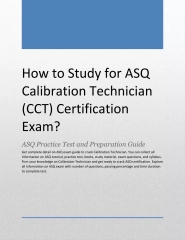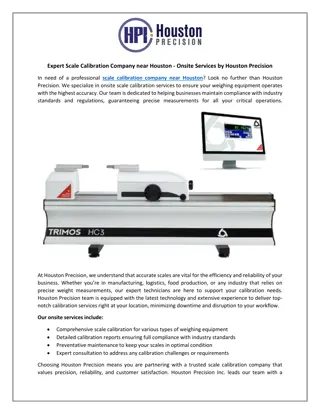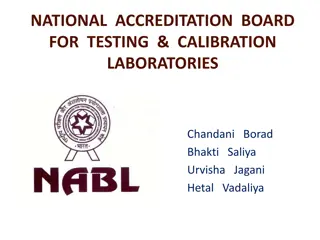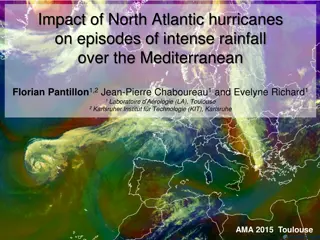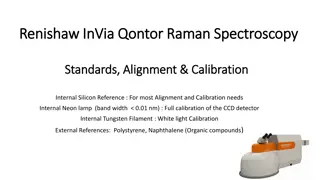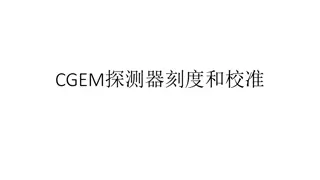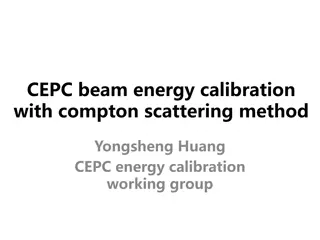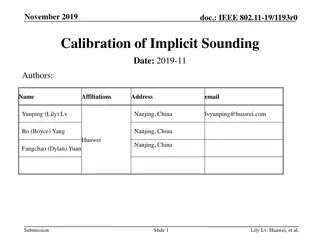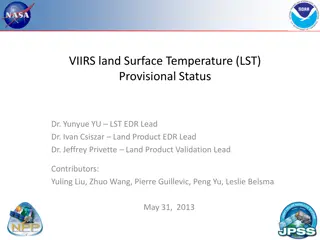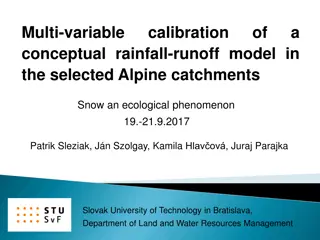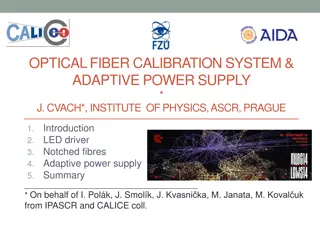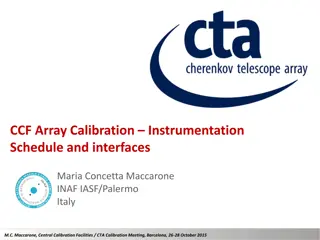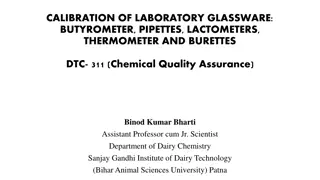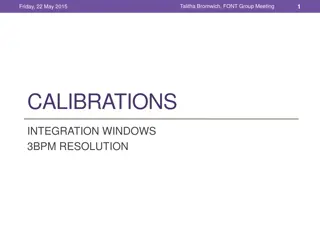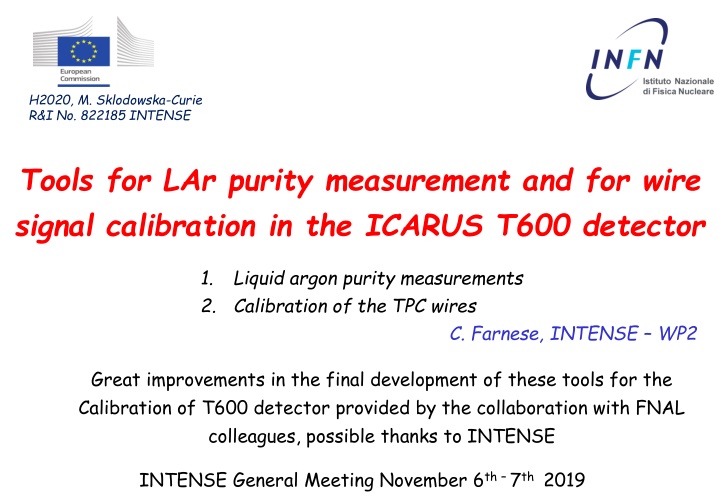
Tools for LAr Purity Measurement and Wire Signal Calibration in ICARUS T600
Explore the development of tools for liquid argon purity measurement and wire signal calibration in the ICARUS T600 detector. Learn about the methods used for purity measurement in ICARUS, T600, and FNAL, including online and offline approaches for precise calibration. Discover the advancements made for commissioning the detector and monitoring liquid argon conditions.
Download Presentation

Please find below an Image/Link to download the presentation.
The content on the website is provided AS IS for your information and personal use only. It may not be sold, licensed, or shared on other websites without obtaining consent from the author. If you encounter any issues during the download, it is possible that the publisher has removed the file from their server.
You are allowed to download the files provided on this website for personal or commercial use, subject to the condition that they are used lawfully. All files are the property of their respective owners.
The content on the website is provided AS IS for your information and personal use only. It may not be sold, licensed, or shared on other websites without obtaining consent from the author.
E N D
Presentation Transcript
H2020, M. Sklodowska-Curie R&I No. 822185 INTENSE Tools for LAr purity measurement and for wire signal calibration in the ICARUS T600 detector 1. 2. Liquid argon purity measurements Calibration of the TPC wires C. Farnese, INTENSE WP2 Great improvements in the final development of these tools for the Calibration of T600 detector provided by the collaboration with FNAL colleagues, possible thanks to INTENSE INTENSE General Meeting November 6th 7th 2019
Selection of e events Purity measurement in ICARUS The measurement of the free electron lifetime ele is a fundamental feature that should be ready for the commissioning of the detector for the monitoring of the Liquid Argon condition in the TPCs for a precise measurement of the deposited energy in the events Starting from the automatic procedure used during the Gran Sasso run, two complementary tools have been implemented: A fast method, that provides the required monitoring in real time of the LAr condition no sophisticated reconstructions, small number of events, few seconds for the full analysis of each event An offline and more precise measurement for the final calibration of the detector Full event reconstruction and larger number of events required Both methods should be ready before the LAr filling, in order to be used as soon as the detector is completely filled Slide# : 2
Selection of e events Purity measurement in the T600: methods description The prepared tools are based on the same steps: Automatic selection of through-going cosmic- ray muons with reduced e.m. activity (only Collection used, no 3D reco). Rejection of residual -rays along the track Survived hits Removed hits Reduction of the fluctuations along the track due to the asymmetric Landau tail of the dE/dx Study of the charge attenuation along each selected tracks Final value = 1/ obtained averaging over the identified tracks in a defined number of events; Slide# : 3
Selection of e events Purity measurement at FNAL: results The online method is applied on 40 events; The method is adequate for the required monitoring, providing information on when the purity is too low for the physics run; These measurements can be uploaded on database and displayed in the online monitoring ONLINE METHOD 2 ms 1 ms 8 ms 4 ms 6 ms 15 ms OFFLINE METHOD 2 ms 4 ms The offline method is applied on 200 fully reconstructed events; The online measurements are used as starting point for this analysis Some residual bias still present, introducing a systematic effect on the energy measurement smaller than 1% 6 ms 8 ms 15 ms Slide# : 4
Selection of e events Calibration of ICARUS T600 TPC wires The evaluation of the calibration constants for the TPC wire channels is required to obtain the deposited energy measurement and to guarantee the equalization of the channel responses; These calibration constants can be obtained studying the dE/dx along cosmic tracks selected on a very large number of cosmic events: Muon selection similar to the method used for the purity measurement First preliminary test performed on 5000 MC cosmic events: on average 1-2 selected tracks per event each Collection wire crossed by more than 300 tracks; Accumulating the dE/dx signals in each channel, we can extract the MP value and from this the required calibration constant with a resolution ~1% for high purity level; dE/dx MP value: 1,83 MeV/cm Slide# : 5

